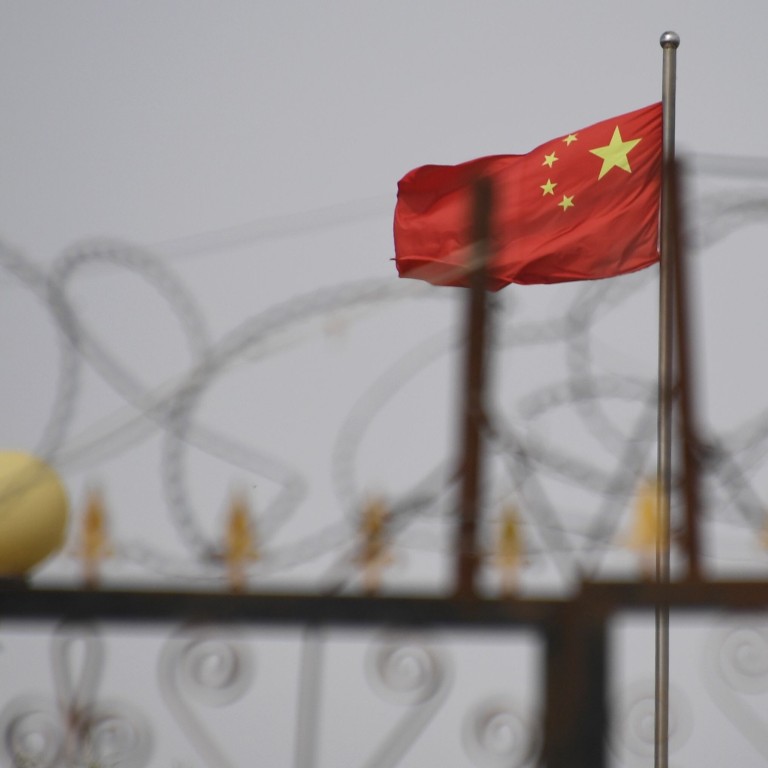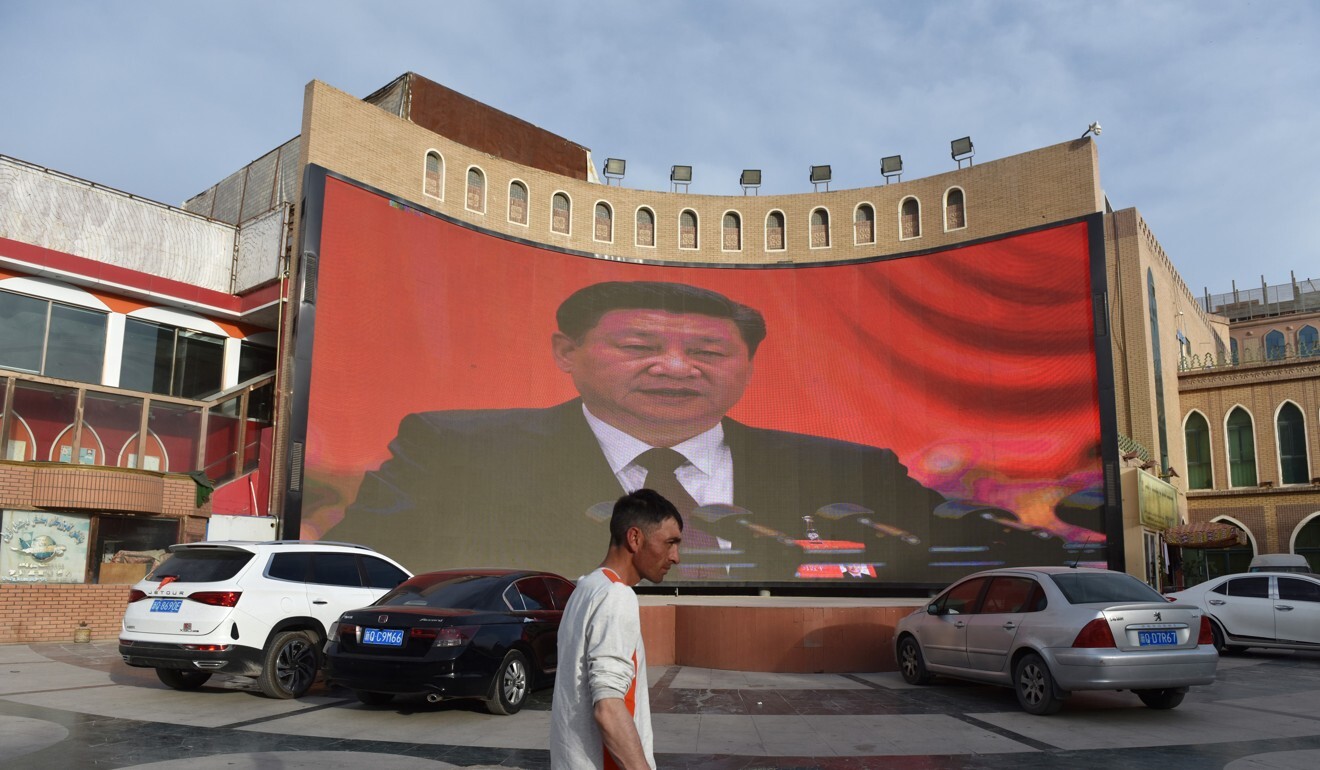
Australian researcher hits back at Chinese tabloid over Xinjiang report
- ASPI analyst says Global Times’ attempt to debunk report on the far western region amounts to ‘lies’
- ASPI has mapped more than 380 suspected detention facilities in Xinjiang that it says have been built or expanded since 2017
Nathan Ruser, an analyst at the Australian Strategic Policy Institute (ASPI), was responding to a report in Global Times on a briefing by Xinjiang authorities on Friday.
During the briefing, a Xinjiang government spokesman said think tanks such as ASPI were anti-China tools manipulated by the US government.
The spokesman sought to counter a report in September in which the ASPI identified and mapped more than 380 suspected detention facilities in Xinjiang that have been built or expanded since 2017.

The government issued “debunks” of four of the locations, claiming they were civil institutions such as schools, a logistics park and an elderly care centre.
Global Times reported on the story on Friday, tweeting a link to its report and an infographic of the “debunk” on Saturday.
But Ruser said there were factual errors with the Global Times report.
One of the images showed a centre for the elderly in Kashgar prefecture which the tabloid said was at the coordinates of 38.8367N, 77.7056E, a location that ASPI had identified as a detention centre. However, a search on Google Earth showed that the elderly care centre was not the building at that location.
Instead, Ruser had traced the image to a location about 8km (5 miles) from the coordinates that Global Times had claimed.
Pope Francis, for first time, says China’s Uygurs are ‘persecuted’
“It’s kind of sad that the best the Global Times can do to refute our findings is to show drone shots of a location literally 8.5km away from where they say it is,” Ruser said in a tweet on Saturday.
“It’s nice to see that Global Times’ perception of journalism is straight-up lies.”
Another facility reported by the Global Times as a logistics park in Bachu county was also not located at the coordinates identified by the ASPI, according to Ruser.
Beijing is under increasing international pressure over its policies in the far western region, where it is believed to have detained at least 1 million Uygurs and other ethnic Muslim minority groups in internment camps. Beijing says the facilities are vocational centres.
An infographic from the Global Times report was retweeted by Chinese foreign ministry spokeswoman Hua Chunying on Sunday, when she repeated a similar attack against the ASPI.

“Schools, nursing homes for the elderly and office buildings, even these civil institutions identified by Google map were called concentration camps by the ASPI. Isn’t the real purpose of the ‘think tank’ fully exposed? How can it still be an ‘academic institution’?” Hua said in the tweet.
US official says United Nations has a ‘lack of curiosity’ about reported abuses in China’s Xinjiang region
The image referred to alleged war crimes committed by Australian special forces in Afghanistan. A four-year investigation found that Australian troops were involved in the murder of 39 Afghans, according to a report by Australian judge Paul Brereton.
Australian Prime Minister Scott Morrison expressed outrage over the tweet and demanded its removal but China’s foreign ministry did not back down, with Hua suggesting Australia should apologise to the Afghan people.

